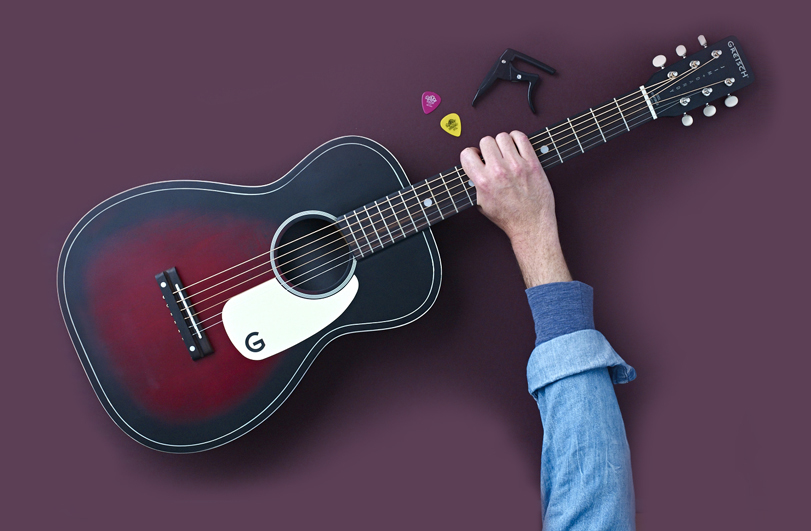Patient information
INSURED PATIENTS
For those with private medical insurance, booking an appointment with Ramon is easy. He is registered with many insurance companies including
Axa | Bupa and Bupa International | WPA | Vitality | Cigna
Self Funding Patients
Ramon also sees private patients who are not insured but wish to fund their treatment personally. This is easily organized by contacting his Medical Secretary, Donald who will talk you through the process and fees.
My Clinic Appointment
The clinics are easy to reach but it’s best to arrive 10 minutes early – there’s often a little paperwork to complete on the day. Appointments at the private hand surgery clinic are usually around 20 to 30 minutes long but this may be a touch longer if you need an x-ray.
If you have any useful medical notes or have had previous imaging, in particular X-rays, CT or MRI scans please speak with his Medical Secretary, Donald who can arrange for these to be uploaded onto the Cleveland Clinic London system for ease of reference. Similarly, referral letters from your GP or physio are very useful.
Please make sure that your insurance company knows you are attending and that the consultation is covered by your scheme. Depending on your policy, the consultation fee may only be partially covered, and you may be asked to cover the rest. Self-funding patients without insurance may be asked to settle their fees on the day.
After your appointment, you will be sent a copy of a letter summarizing your visit, the consultation with Ramon and the treatment plan. Requests for additional correspondence (e.g. for work or travel) are happily accommodated.
What if I need an X-rays, a scan or other investigations?
It’s best to contact your insurer beforehand and make sure you’re covered. If X-rays are needed, they can usually be done during your appointment. Other investigations such as ultrasound, MRI or CT scans are more complex, require planning and often need to be booked for another day. Following your scan, the results can be discussed with Ramon at a follow up appointment.
Your ultrasound scan
Ultrasound is a great way of looking at the soft tissue structures of the hand wrist and elbow. Furthermore, it allows for dynamic scanning – the joint or structure in question can be moved while the scan is being done. A probe is gently applied to the skin over the affected are and ultrasonic sound waves are used to visualize the structure in question. It’s quick, harmless and has no side effects. The scan is performed by a consultant radiologist – an expert doctor who has specialized within this particular field.
Your Ultrasound guided Injection
If the ultrasound scan identifies a problem that can potentially be treated with an anti-inflammatory injection, both scan and injection can be performed together. Ultrasound can be used to guide the injection into just the right spot, thus improving accuracy, effectiveness and minimizing the risk of complications. The active ingredient in most injections is either depomedrone or triamcinolone. Both of these have anti-inflammatory properties and have historically been called ‘cortisone’ injections. In order to help deliver the active ingredient, the depomedrone or triamcinolone are often injected along with a local anaesthetic. This makes the affected area go numb for a few hours, depending on the type of local used (short or long acting). In the first 24 hours after an injection, the affected site often becomes more sore than it was before. This is sometimes referred to as a “flare” and is short lived – symptoms quickly die down and improve. For most people, the injection takes a few weeks to really take effect, sometimes 4 weeks or even more before the maximum benefits are seen. Side effects are on the whole unusual. Injections are very safe but some people do report dryness of the skin in the vicinity of the injection and those with dark skin may see areas of depigmentation that improve over time.
Your MRI scan:
MRI stands for magnetic resonance imaging. The scanner uses a powerful magnet to generate detailed images of the body part in question. The process involves lying flat for around 20 to 30 minutes on a bed that slides into the scanner as shown. For those who feel claustrophobic, it’s usually possible to scan the hand or wrist while keeping the head out of the scanner. The high resolution images are a fantastic way of supporting diagnosis and treatment for a whole range of conditions. No radiation used so it’s a very safe process. You will receive a CD of your scan but don’t need to bring it to your appointments – an electronic copy is kept on the Cleveland system for ease of reference.

“It was quite an involved and daunting procedure for me to consider, but Ramon and his staff made it as stress-free and painless as possible. Moreover, it worked like a dream. I honestly have to say that I feel truly, deeply, indebted to Ramon Tahmassebi for everything that he has done for me.”
BMS, Lawyer, Thumb arthritis and cubital tunnel syndrome


